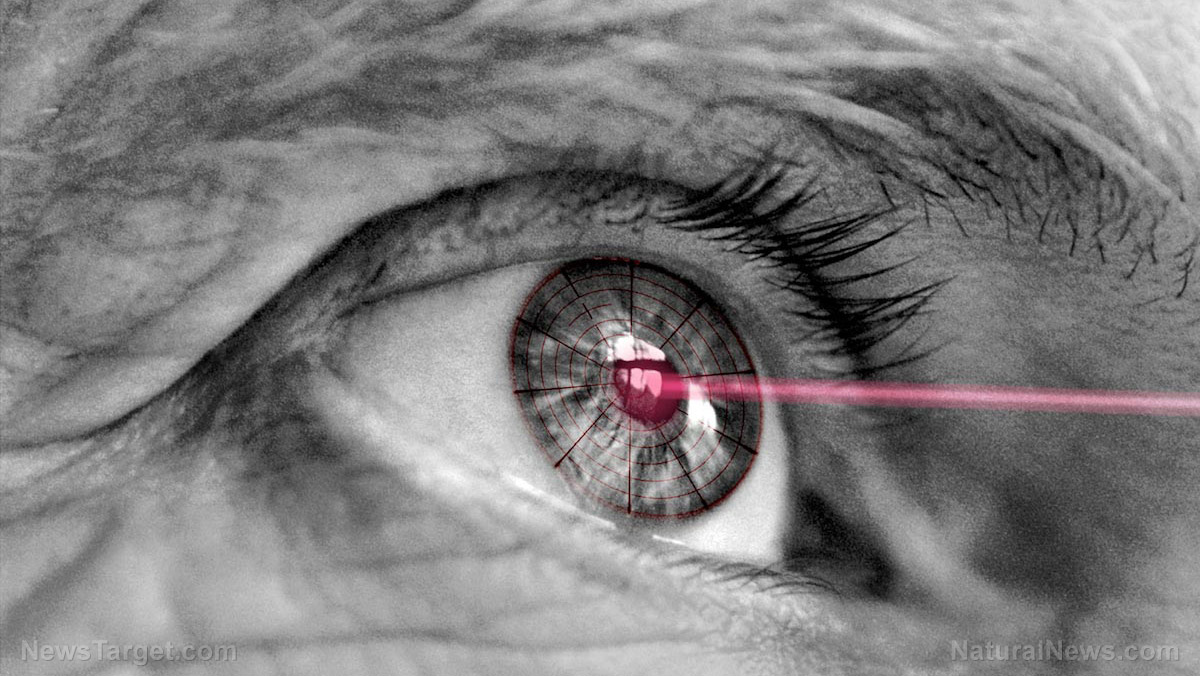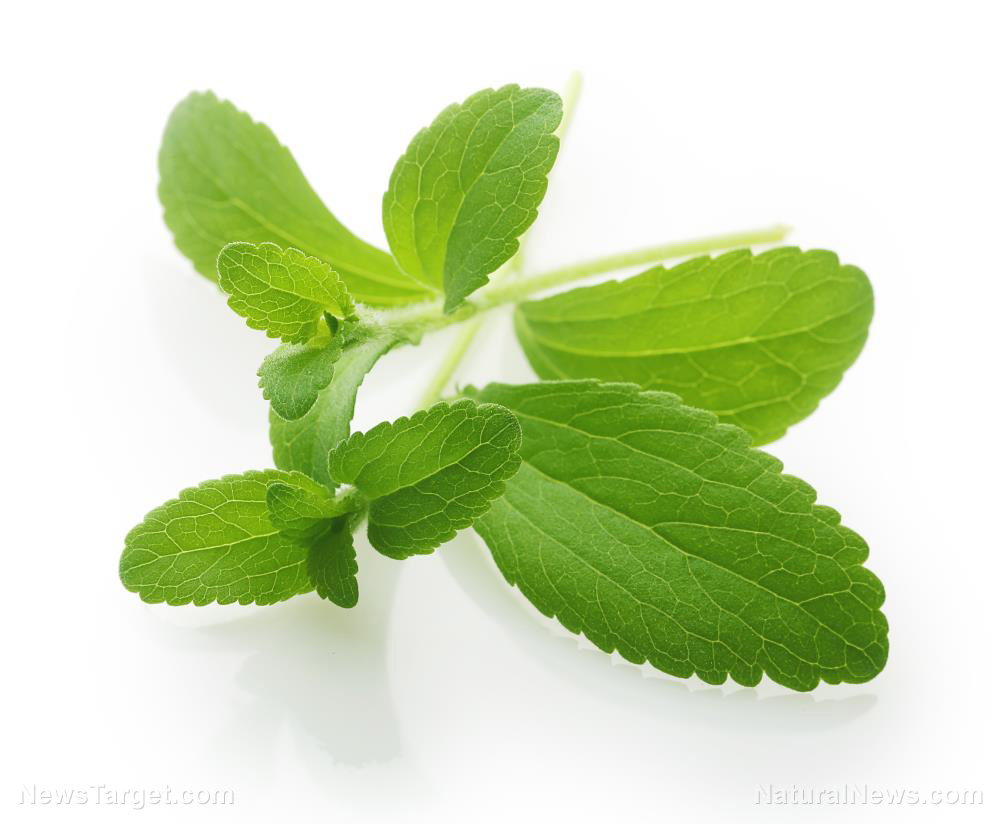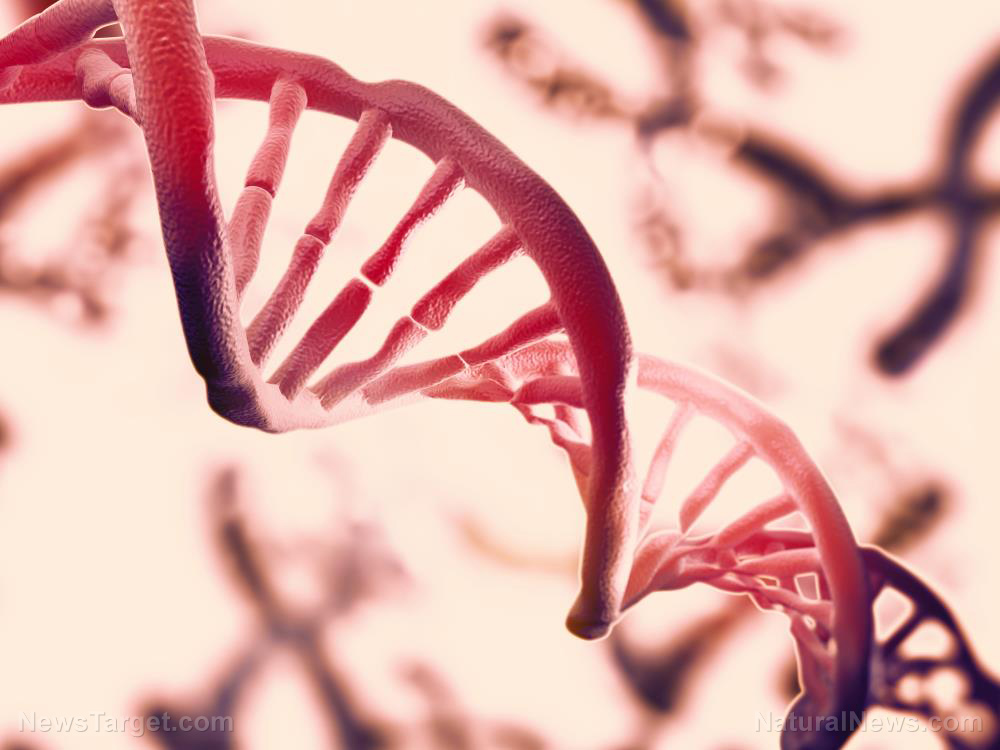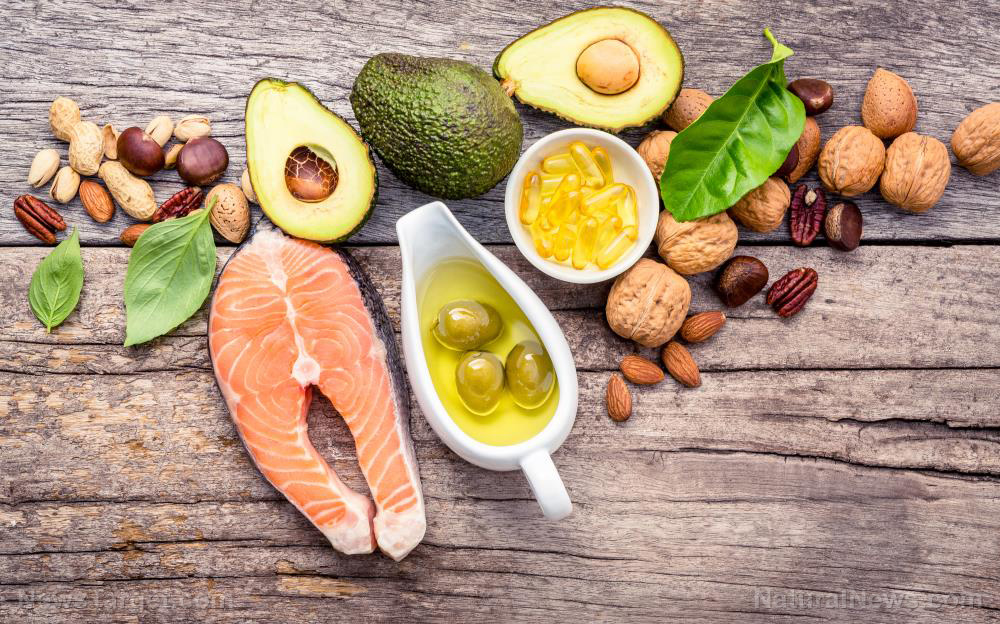Scientists explore previously unknown canopy DIVERSITY in Amazon rainforest by analyzing eDNA from rainwater
08/26/2025 / By Lance D Johnson
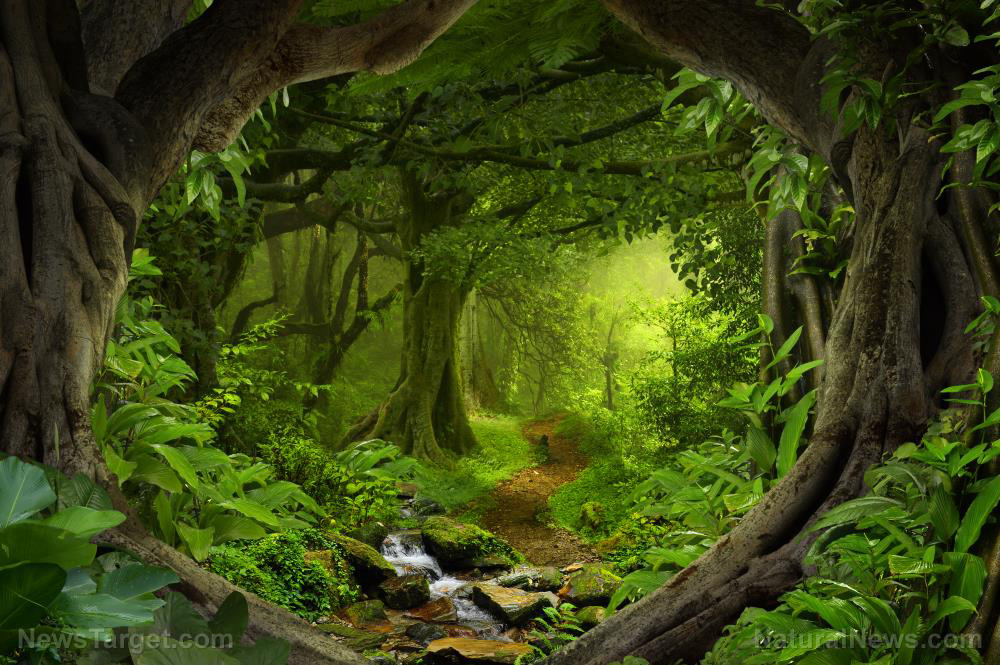
High above the forest floor, where the air hums with the chorus of unseen creatures and the sun filters through emerald leaves in shifting patterns of light, a mystery unfolds. The canopy of the Amazon rainforest has long been a frontier of the unknown—a place where scientists dangle from ropes and cranes, risking life and limb to glimpse the biodiversity teeming just out of reach. But what if the key to unlocking these secrets wasn’t found in climbing higher, but in something as simple as the rain that falls through the branches? A groundbreaking study published in Science Advances has revealed that rainwater carries more than just moisture — it holds the genetic fingerprints of the forest itself, offering a revolutionary way to peer into one of Earth’s last great biological unknowns without ever leaving the ground.
Imagine, for a moment, standing in the heart of the Amazon as warm rain begins to drizzle through the leaves. Each drop that lands in your palm isn’t just water — it’s a microscopic time capsule, carrying fragments of DNA shed by frogs clinging to branches, birds darting between trees, and insects so small they’ve evaded classification. This isn’t science fiction; it’s the cutting edge of environmental DNA (eDNA) research, and it’s poised to change how we understand — and protect — the world’s most vital ecosystems.
Key points:
- Rainwater collects environmental DNA (eDNA) from plants, animals, and insects in tropical canopies, offering a noninvasive way to study biodiversity.
- Researchers detected hundreds of species — from frogs to mammals — using eDNA from rainwash in an Amazonian forest and a nearby plantation, with far greater diversity in the undisturbed forest.
- The method is cost-effective, localized, and passive, capturing genetic material over 8–20 days and providing a “snapshot” of life in the treetops.
- This approach could revolutionize conservation efforts, allowing scientists to monitor elusive species and assess human impact without damaging ecosystems.
- The study suggests eDNA from rainwater is more precise for canopy research than soil or air samples, which often reflect broader or underground biodiversity.
The invisible library in a raindrop
For decades, the high canopies of tropical rainforests have been the final frontier for biologists. These towering ecosystems, home to an estimated 50 percent of the world’s terrestrial biodiversity, are notoriously difficult to study. Traditional methods — like climbing trees, using cranes, or even firing nets into the branches — are not only dangerous but can disturb the very life scientists are trying to observe. Enter eDNA, a tool that’s already transformed how researchers track fish in rivers, monitor endangered species, and even solve crimes. But until now, no one had turned their attention to the rain itself as a carrier of the forest’s genetic secrets.
The team behind this study, led by ecologists from the French National Centre for Scientific Research (CNRS), set up a series of low-cost rain collectors in two distinct locations: a pristine old-growth forest in French Guiana and a nearby tree plantation. For 10 days, they let the rain do the work, funneling water through filters that trapped genetic material shed by the surrounding life. What they found was nothing short of astonishing.
Using a technique called metabarcoding, which sequences DNA to identify species, the researchers detected 155 plant taxa, 61 vertebrate species, and 276 insect types in the old-growth forest — nearly double the diversity found in the plantation. Among the discoveries were traces of the New River tree frog, a grasshopper from the family Monachidium, and even DNA from fish, likely carried by birds or mammals that had eaten them. The rainwater had, in essence, washed the forest’s genetic story into their collectors, offering a real-time census of life in the treetops.
But how long does this genetic signature last? To test this, the team sprayed carrot juice — a stand-in for organic DNA — into the canopy and tracked how long its genetic markers persisted in the rainwash. The results showed that DNA remains detectable for between eight and 20 days, depending on the marker, meaning this method doesn’t just capture a fleeting moment but a prolonged window into the forest’s rhythm.
A silent witness to human impact
One of the most striking findings was the sharp contrast in biodiversity between the old-growth forest and the plantation. The latter, a monoculture of planted trees, showed significantly lower diversity across all categories — plants, vertebrates, and insects. This isn’t just an academic observation; it’s a damning indictment of how human activity reshapes ecosystems. The rainwater didn’t just reveal what was living in the canopy — it exposed what was missing.
This has profound implications for conservation. Tropical forests are being cleared at a rate of 10 million hectares per year, often replaced by plantations or agriculture that support only a fraction of the original biodiversity. Yet assessing the true impact of these changes has been challenging, particularly in the canopy, where destruction can go unnoticed until it’s too late. The rainwash eDNA method offers a noninvasive, scalable way to monitor these changes, providing data that could inform protection strategies before irreparable damage is done.
“This is a game-changer for tropical ecology,” says Dr. Lucie Zinger, lead author of the study. “We’ve shown that rainwater can act as a natural sampler of biodiversity, giving us insights into ecosystems that are otherwise nearly impossible to study. And because it’s passive — we’re not disturbing the environment to collect it — it’s an ethical and practical solution for long-term monitoring.”
From carrot juice to conservation: Why this matters
The beauty of this method lies in its simplicity. Unlike other eDNA techniques that rely on water or soil samples — often limited to aquatic or ground-dwelling species — rainwash eDNA is uniquely suited to the canopy. It’s also highly localized; the study found that genetic signals were strongest within tens of meters of their source, meaning scientists can pinpoint exactly where species are living without ever setting foot in the branches.
This could be particularly valuable for detecting rare or elusive species, like the harlequin toad, once thought extinct, or the Amazonian milk frog, which spends its entire life in the treetops. It could also help track invasive species before they overwhelm an ecosystem or monitor the recovery of forests after logging or fires.
But perhaps the most exciting potential lies in its accessibility. The collectors used in the study were inexpensive and easy to deploy, meaning this technique could be rolled out across remote regions where traditional research is impractical. Indigenous communities, often the stewards of these forests, could use it to document biodiversity and push back against destructive development. “This isn’t just for scientists in labs,” Zinger notes. “It’s a tool that could empower local conservationists to gather their own data and advocate for their lands.”
Sources include:
Submit a correction >>
Tagged Under:
Amazon biodiversity, breakthrough, canopy ecosystems, discoveries, DNA sampling, ecological diversity, Ecology, eDNA research, environment, environmental science, forest conservation, indigenous conservation, metabarcoding, rainforest secrets, rainwater DNA, real investigations, research, tropical forests
This article may contain statements that reflect the opinion of the author












